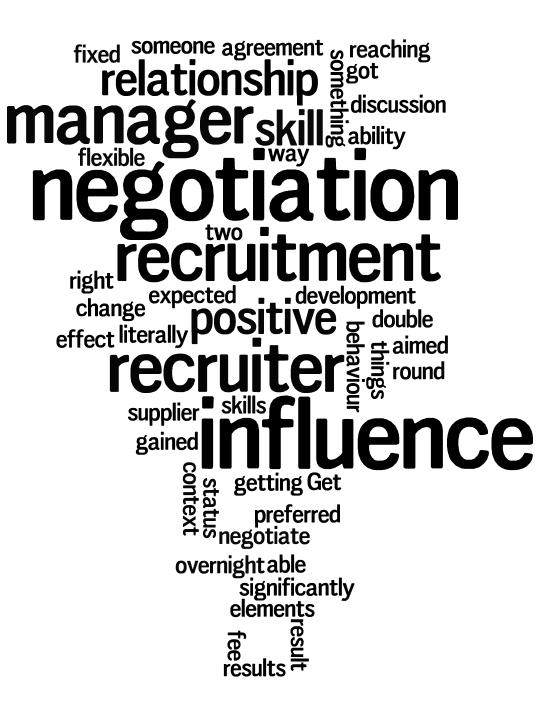We already established in the last article the benefits of the two key types of effective feedback – motivational and developmental. (Remember: we want to avoid “negative feedback”!)
All good, provided we have the following three aspects addressed:
- Timing
- Delivery
- ….and their response
Let’s explore each in more depth.
Timing

Any form of constructive feedback has the most impact if it is delivered to your team member as close as possible to the event.
There is data that suggests within 15 minutes is the most powerful.
In honesty, that isn’t always practical and potentially not the best or most appropriate time, especially when it comes to developmental feedback.
When giving feedback, three other key factors need to be taken into account…
Privacy and environment
If you want a message to land and be acted upon, you need to be delivering feedback in a private place. Giving someone public feedback on the billing floor is a definite no no. As is a hotel foyer taxi or other places with an open setting.
Receptivity
Depending on its nature; is the other person in the right state or mood to be receiving feedback in such a way as to listen and act on it (body language can be a great indicator)? Providing feedback is essential but sometimes it’s appropriate to wait for the right time.
Impact and importance
Want great impact? Then make sure it is delivered as soon as possible to the event that has initiated the feedback. This works well for both positive feedback and constructive feedback… as long as the points above are considered.
Delivery

We have already explored the privacy element. Now let’s look at the ‘way’ feedback is delivered.
Consider the individual in question and how they may receive feedback: remember their values and positive intention.
In our previous example, Vanessa, who was given developmental feedback, might be a new recruiter and new to learning how to sell and influence. She might not know how open and closed questions can work for her as a sales person.
Here is something else that is important.
Use “I” rather than the dreaded “we: word. Take ownership, for e.g., “I heard you say XYZ”, alongside this, base it on behaviours rather than judgements. Be specific and factual and give examples.
Always ask for suggestions from the individual and… IMPORTANT… make sure that they understand the feedback you are giving and what actions they need to take next. Consider a structured feedback session, if that would suit the individual.
Response

This is often where managers have problems. They don’t know how to respond to the response they get as they deliver feedback to their consultants .
People tend to respond to feedback in five main ways – below, we have listed a typical response/reaction, why it might happen and how you could respond.
Denial
“They said what?” “That can’t be true.” This often comes on the back of the initial shock of feedback.
A common reason why people reject feedback is when they perceive things differently from you – perhaps as constructive “criticism” rather than feedback.
This often means that you have not received the message in the way you intended.
This often happens when feedback is too general. e.g., “You need to improve your billing skills” – this isn’t useful feedback.
Suggestion: Give more specific examples and actionable suggestions.
Emotion
“How dare they!” “How can they possibly say that?” An emotional reaction can often occur as the message sinks in.
This often happens if the message is difficult to process and accept, even if they know it’s true. There is little point carrying on with the discussion until they are in a more resourceful and calm state.
Suggestion: Allow time or even defer the conversation till later.
Justification
“What actually happened was….”. People commonly attempt to reject feedback if they ‘think’ they have taken a reasonable future course of action; even when it is at odds to what they should have done.
As an example you might have certain guidelines or KPIs. It is fine to acknowledge their point of view and then remind them of the agreed standards.
Suggestion: Refer back to your company standards
Acceptance
“You are right; what can I do differently? “. This is the response we are all looking for from a coachable recruiter.
Suggestion: Give them ideas on how to improve performance.
Recognise now where it might have gone wrong? The good news is you now know what to do instead.
If you’re a Recruitment or Executive Search Business Owner that wants a proven system to help your team make 5, 10 or 20 extra placements a month, reliably and predictably – then CLICK HERE for our micro training. We walk you through the 3 Machines we install into our clients’ businesses:
1. The Attraction Machine – so you get consistent quality jobs (or quality candidates).
2. The Conversion Machine – so you make a lot more placements.
3. The Delivery Machine – so you scale your team without burning yourself out.
The same is totally possible for you too – and within 30 days you could have your team making a few more placements and a bit more cash coming through the door. CLICK HERE to watch.








